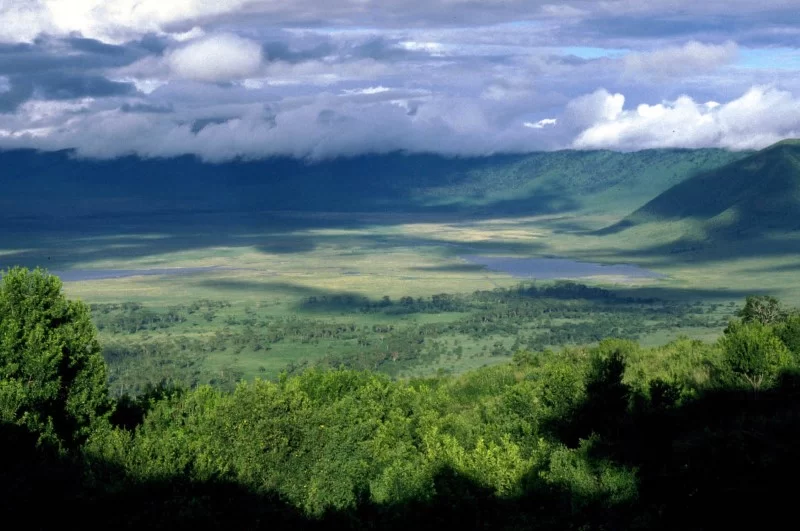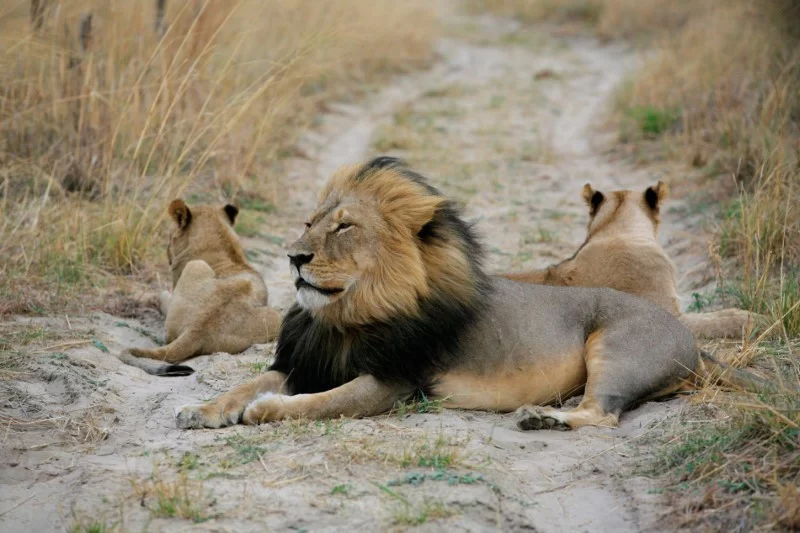Without a doubt, the focus of conservation area is the Ngorongoro Crater. As the world’s largest inactive, yet intact volcanic caldera, it was acknowledged as a World Heritage Site in 1978. With a mean diameter of 19 to 19 km, a crater floor of 26,400 ha, and a rim that soars 400 to 610 m above the crater floor, it is easy to see why this Crater is listed among the 7 Natural Wonders of the World.
More than 25,000 animals live within this amazing bowl, including herds of wildebeest and zebras that graze among the mineral rich floor that is covered in nutritious grasses. You will also find herds of topi, Thomson’s gazelles, Grant’s gazelles, and buffalo wandering the wide open plains. Within the crater, the critically endangered black rhinoceros live primarily in the open grasslands. Although it’s rare, herds of breeding elephants occasionally pass though the Crater, along with several old bulls, including some of Africa’s biggest remaining tuskers.

